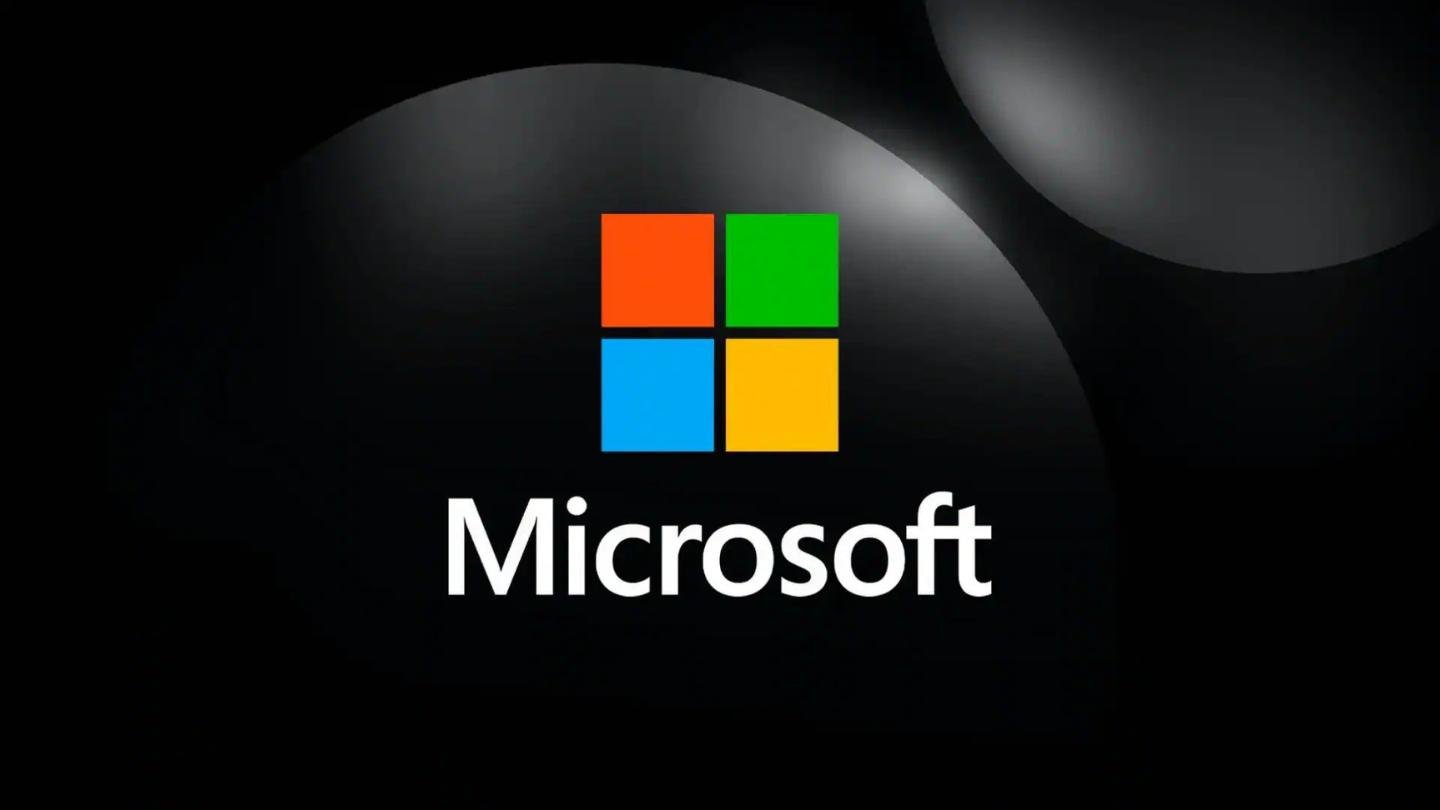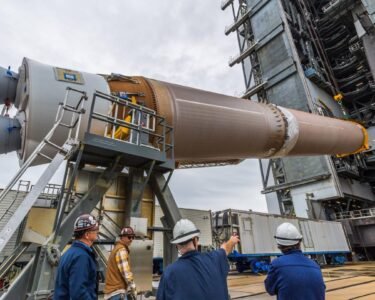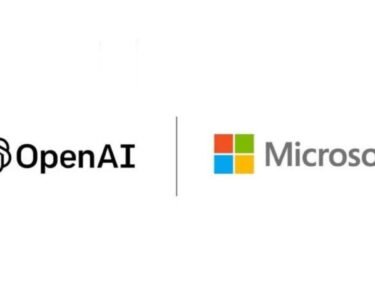What will Windows look like by 2030? According to Microsoft’s Corporate VP for OS Security, David Weston, it could be radically different—an operating system that listens, sees, and interacts with users in a far more human way.
In a recently released video on Microsoft’s official YouTube channel, Weston shared his forward-looking take on the future of Windows. The key? A shift toward multimodal interaction, where users engage with their PCs not just through keyboards and mice, but through voice, sight, and sound.
“The computer will be able to see what we see, hear what we hear, and we can talk to it and ask it to do much more sophisticated things,” Weston said. “I think it will be a much more natural form of communication.”
He went on to suggest that the traditional way of interacting with computers—clicking, typing, and navigating—might feel as outdated in 2030 as using MS-DOS does to younger generations today.
AI at the Core of Windows’ Evolution
Weston’s comments align with Microsoft’s larger strategy of integrating artificial intelligence deeply into the Windows ecosystem. From voice-controlled browsers to AI-powered assistants like Copilot, Microsoft has made it clear that AI is the future of its operating systems.
Already, we’re seeing hints of this in current versions of Windows 11, with AI assistants capable of making smart recommendations and tweaking system settings. The next logical step, according to Weston and others, is full conversational AI that helps users perform tasks in a much more intuitive and context-aware way.
Security and AI: A New Frontier
While much of Weston’s interview focused on security—his area of expertise—he also discussed the evolving role of AI in the workplace. In his view, AI will soon handle many routine cybersecurity tasks, and users will interact with AI bots in video meetings or email threads just as they would with human colleagues.
This vision could redefine IT support, system management, and even personal computing, where AI not only follows instructions but understands user behavior and intent.
Windows 2030 or Windows AI?
Speculation is already swirling about what the next major version of Windows might look like. Given Microsoft’s aggressive AI push, some suggest the name “Windows 12” might be dropped altogether in favor of something like “Windows AI” or “Windows Copilot.”
While these futuristic promises are exciting, skeptics caution against overhyping. For instance, when Microsoft first introduced Copilot in Windows 11, it was expected to handle a wide range of system-level tasks based on natural-language prompts—but many of those capabilities remain underdeveloped.
The Reality Check
Despite Weston’s bold predictions, a full shift away from traditional inputs like keyboards and mice by 2030 may be optimistic. While voice input and AI integration are advancing quickly, core computing habits and user preferences evolve more slowly.
Still, with powerful NPUs (neural processing units) becoming more common in consumer hardware, and with AI rapidly improving, a more intelligent, conversational version of Windows is very likely within reach—even if it doesn’t completely replace the mouse just yet.
Closing Thought
Whether it’s called Windows 2030, Windows AI, or something else entirely, Microsoft is clearly betting on a future where human-computer interaction becomes more natural, intelligent, and immersive. And with its growing ecosystem of AI-powered tools and devices, it’s a bet the company is already placing.
Image Source: Google
Image Credit: Respective Owner




